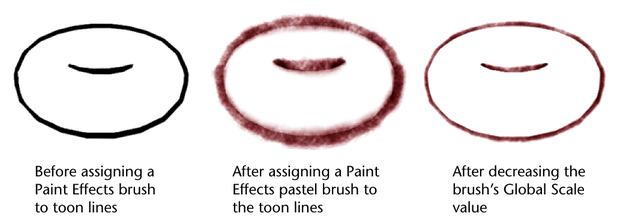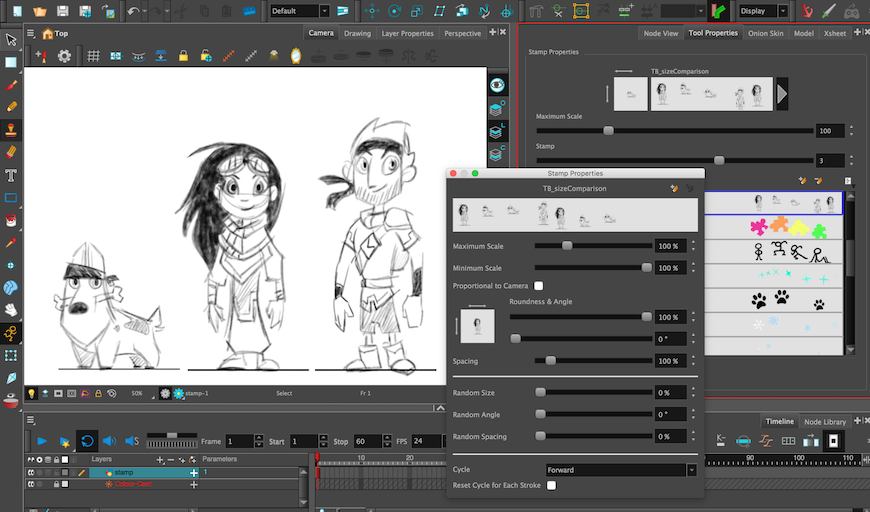

Also, if you're drawing for digital animation and intend to use the Auto-Patch effect to connect the parts of your character model, you should use pencil lines for the Auto-Patch effect to work as expected.

The pencil line is more appropriate for the final line of your clean drawings. At times, you may want to change pencil lines to brush strokes. NOTE Any line thickness information is lost upon conversion from brush to pencil. Transparent pencil lines may not display the way you want when they overlap: When drawing on vector layers, you may want to change brush strokes to pencil lines to convert contour strokes into centre line pencil strokes. If you sketch a drawing using a semitransparent colour to get a paper-like feel, you should use the Brush tool, as it produces a more realistic and natural feel. You can also convert a brush zone into a pencil line with the Brush Stroke to Pencil Line option.If you draw with the Pencil tool and want to modify the thickness variation, use the Pencil Editor tool.If you draw with the Brush tool and want to modify the thickness variation, use the Contour Editor tool.This means that a pencil line’s control points (used to deform its shape) are located along the length of the central spine, while the Brush line’s control points are located along the contour. The Pencil and shape tools produce central vector lines.

The Brush tool produces contour vector lines. Both tools support pressure sensitivity, allowing you to create lines with variable thickness. The Brush and Pencil tools are used for drawing and sketching. Pencil lines support pressure sensitivity and texture. The pencil creates a central vector shape. The Pencil tool is for drawing the final images, such as character nodes, cut-out puppet and clean animation.


 0 kommentar(er)
0 kommentar(er)
